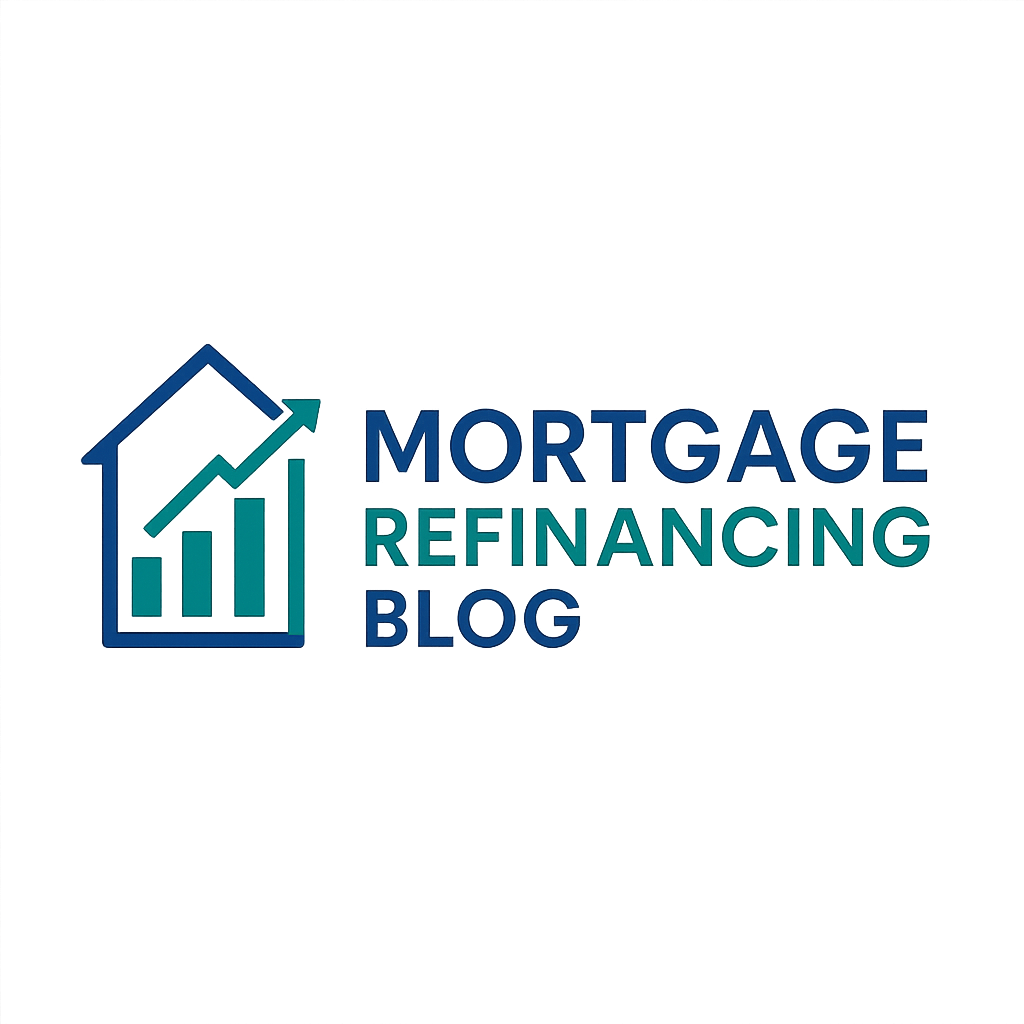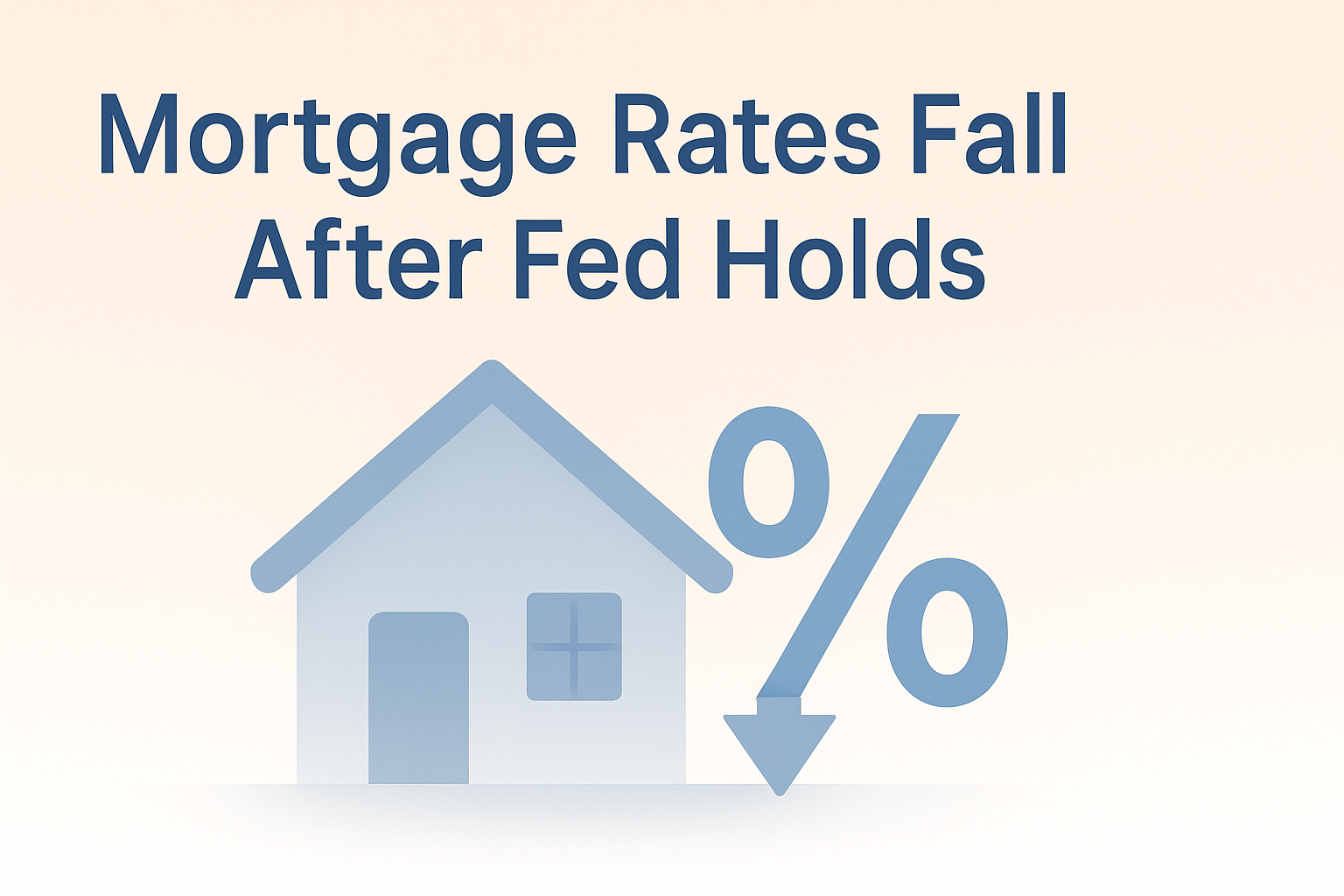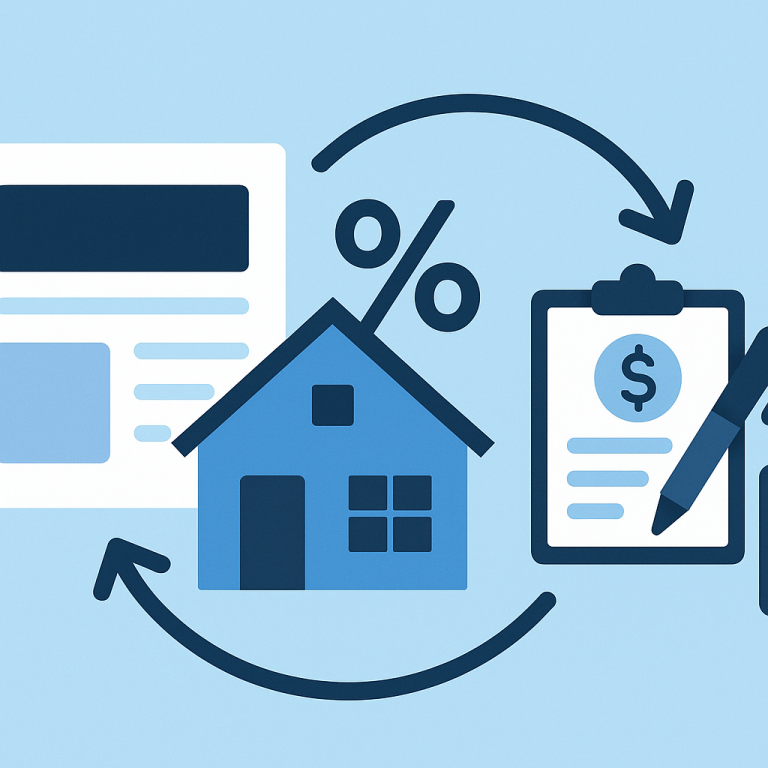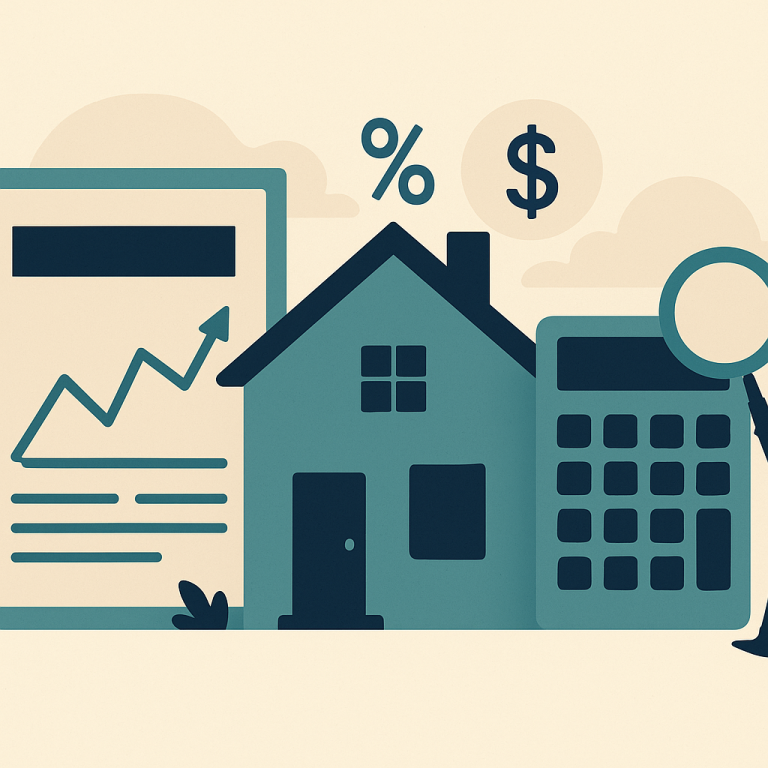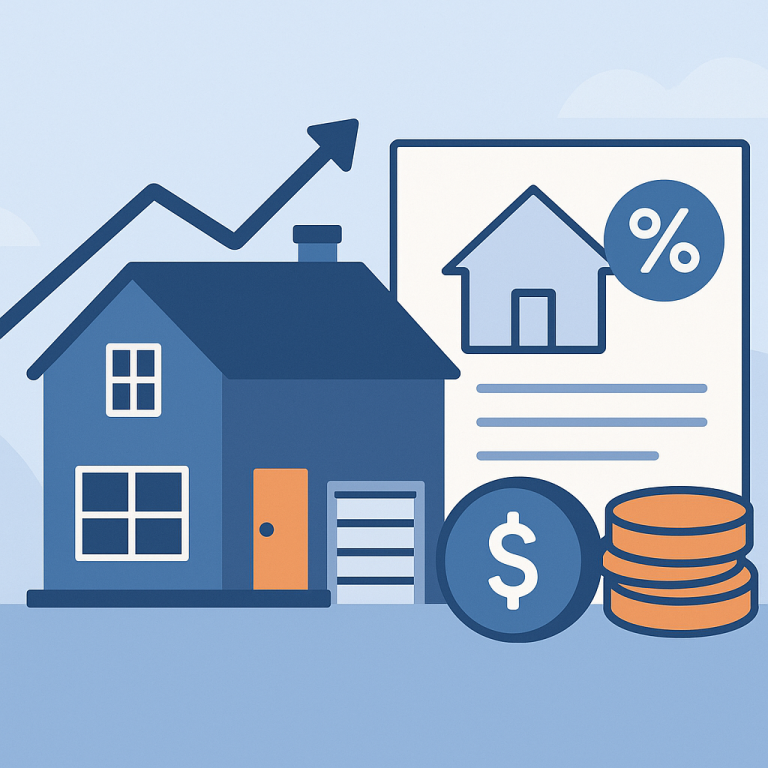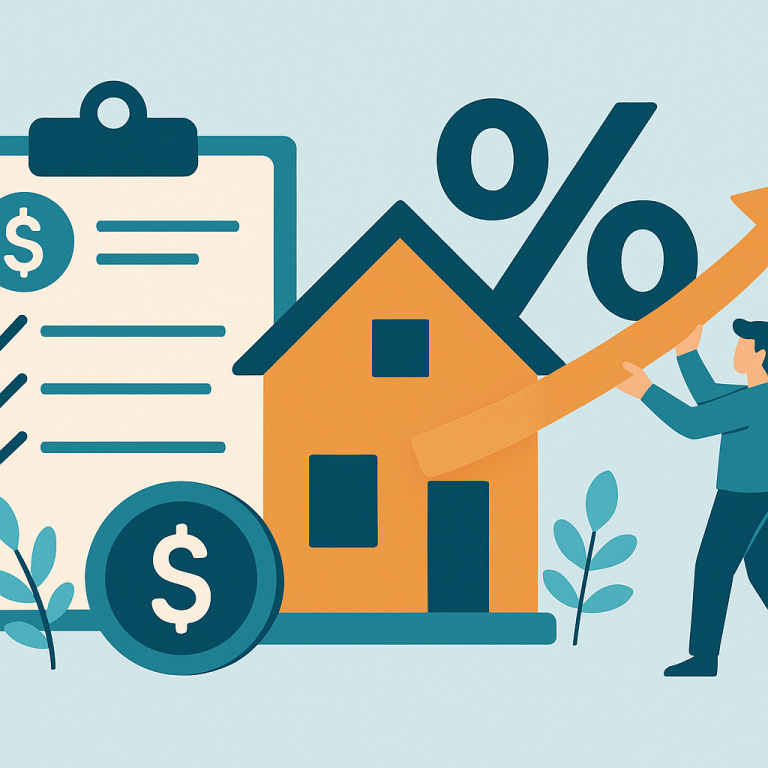Mortgage Rates Fall After Fed Holds
How the Fed decision translated to mortgage markets
The Fed’s announcement that it would keep its policy rate unchanged removed one source of near‑term uncertainty, calming some financial markets. Mortgage rates, which are influenced more directly by longer‑term Treasury yields than by the overnight federal funds rate, often move when investors reassess growth and inflation expectations after policy statements. On the day Bankrate reported, that reassessment drove a pullback in yields and a corresponding easing in many mortgage products.
That relationship—policy news influencing Treasury yields, and yields influencing mortgage pricing—means mortgage rates can react quickly to central bank commentary, economic releases and shifts in investor risk appetite. For homeowners, small shifts in quoted rates can change the savings potential of a refinance, particularly for large mortgages or when borrowers are close to a refinancing break‑even point.
What borrowers are doing now
When rates decline, demand for refinancing typically increases as homeowners who previously shelved plans revisit the numbers. Lenders and mortgage‑market indicators often show a rise in refinance inquiries and applications after days when rates move down. Some borrowers pursue rate‑and‑term refinances to shorten monthly payments or move from adjustable to fixed rates; others consider cash‑out refinances to tap equity for home improvement, debt consolidation or other purposes.
That said, activity can lag initial rate moves. Borrowers who locked rates earlier may wait until their lock period ends to re‑shop, and lenders’ processing capacity and underwriting standards can limit how quickly applications convert into closed loans.
Refinance vs. wait: the main tradeoffs
- Break‑even timeline: Calculate how long it will take for monthly savings to cover closing costs. If you plan to move before the break‑even, refinancing may not make sense.
- Loan term considerations: Lower monthly payments from refinancing into a new 30‑year loan might extend the time needed to build equity; switching to a shorter term can raise monthly payments even at a lower rate.
- Credit and eligibility: Approval depends on credit score, debt‑to‑income ratio and loan‑to‑value; a rate drop is useful only if a lender will offer the borrower a better price.
- Rate volatility: Today’s lower rate could be temporary; locking a rate can protect against future increases, while floating exposes borrowers to movement during processing.
Practical steps to consider if you’re thinking of refinancing
Evaluate the numbers before committing. Start by pulling current loan statements and calculating your remaining principal, current monthly payment and how many years remain on your mortgage. Use a refinance calculator to estimate closing costs, monthly payment under alternative terms and the break‑even point. If you prefer a conservative approach, shop quotes from multiple lenders to compare APRs, fees and lock options.
- Get prequalified or a soft‑pull rate quote to see what rate you could expect without a hard inquiry.
- Ask lenders about points and prepaid fees versus a no‑point rate and how those affect the break‑even.
- If you need cash, compare a cash‑out refinance to other options such as a HELOC; each has different costs and tax considerations.
- Factor in appraisal and title costs, any prepayment penalties on your current mortgage, and potential escrow adjustments.
Timing and strategic considerations
Even modest rate declines can create urgency for borrowers who stand to save thousands over the life of a loan. Yet timing a refinance for the absolute lowest rate is difficult. Borrowers should consider:
- How long they plan to stay in the home—shorter timeframes favor deferring a refinance unless savings are immediate.
- The certainty of the quoted rate—locking protects against adverse moves but may limit the ability to benefit from further drops.
- Market signals—while a single Fed decision can lower rates, subsequent economic data or policy guidance can push them back up.
Many homeowners use a pragmatic rule: refinance when the rate differential is large enough to justify closing costs and fits their financial goals (for example, lowering payment, shortening the term, or freeing cash for high‑return home improvements). Consulting a mortgage advisor or using lender quotes can clarify whether current conditions meet that threshold.
Credit and documentation readiness
Mortgage approvals move faster when borrowers prepare documentation in advance. Typical items lenders request include W‑2s or tax returns, recent pay stubs, bank statements, proof of homeowners insurance and documentation of any other income or assets. Improving credit score and reducing outstanding debts before applying can secure more favorable pricing.
Why it matters
Small moves in mortgage rates matter because they change the economics of refinancing for millions of homeowners. A modest rate decline can make refinancing financially attractive for borrowers who are otherwise on the margin, increasing refinancing activity and affecting household cash flow and spending. For the housing market, higher refinance volumes can free up funds for home improvements and consumer spending, while for lenders and investors, changes in demand influence pricing, staffing and product offers.
